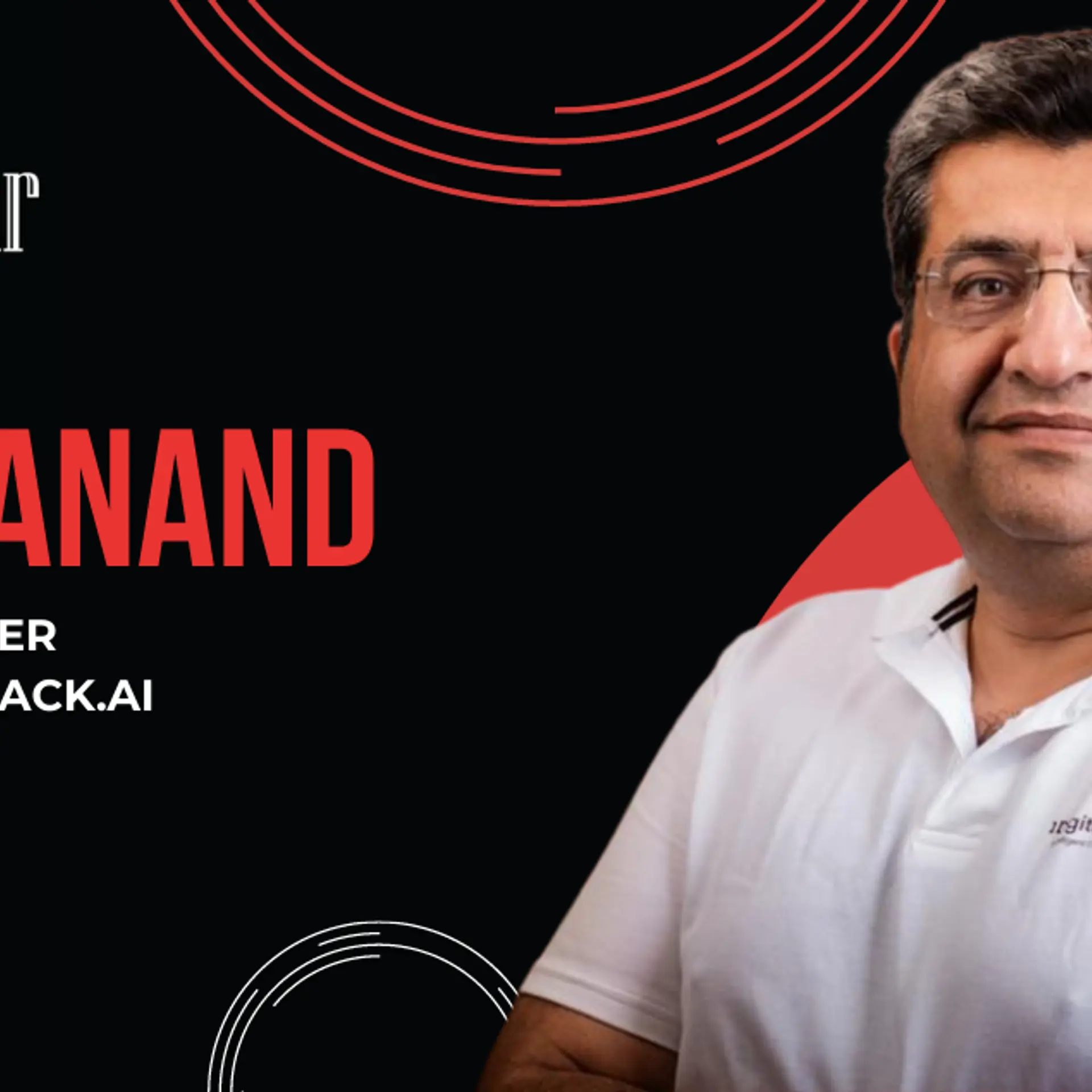Hyphen aims to answer the eternal question - What do employees want?
Hyphen is a startup based out of Bengaluru and the US, which builds employee engagement solutions
Like so many of us, friends Ranjit Jose and Arnaud Grunwald found themselves drowning their professional pains over beer one evening. The company they were working for had grown very quickly in terms of the number of employees and offices across the globe.
And like any company that expands rapidly in a short span of time, this one too had its fair share of growing pains. The format of hierarchy and matrix reporting had given way to bureaucracy and red tape, which meant that unless you were one of the one of the old-timers, you could never ask controversial yet critical questions or speak the truth to management.
Reminiscing the evening, Ranjit says,
“So, that evening we started thinking that there had to be a better way for ideas, feedback and suggestions to instantly spread within the organisation.”

As the duo brainstormed, they realised that if they could allow employees to be anonymous and have their feedback get shared with co-workers, they would feel empowered to participate: an updated avatar of the anonymous suggestion box of the twentieth century, but one that would allow employees to share feedback, listen to what others have to say on the same matter, and have that conveyed to management.
The result was Hyphen, a B2B, mobile-first, employee listening and engagement solution that helps companies listen to their workforce and act on critical issues and feedback. Hyphen does this through pulse polls, engagement surveys, and anonymous bottom-up crowd-sourced ‘employee listening’.
Ranjit adds that most companies today are facing big challenges in keeping their employees engaged. This has to do with several factors including the increasing number of millennials in the workforce and the changing face of corporate structure, from hierarchical organisations to team and pod-based structures.
What does it do?
“We collect this goldmine of data and provide our 'customers’ management teams, HR teams and managers with powerful alerts, reports and analytics (heatmaps, trends, alerts, sentiment analysis, benchmarks, etc.) that help them understand where and what about the hot topics in the organization and help them with prioritised action plans,” says Ranjit.
Hyphen has three core offerings – Annual Engagement Surveys, Pulse Polls (weekly, monthly or quarterly) and Employee Voice – bottom-up, crowd-sourced, anonymous feedback.
These offerings can be rolled out on the basis of what a company needs. They can either work as a part of a feedback mechanism or can even be launched on a standalone basis.
For example, surveys can be carried out on a new work module that has been launched or on a new management style. The idea is to get as much information from the employees before making critical decisions or making experimental plans permanent.

The data received is collated by Hyphen into a dashboard, that is the shared with the company’s HR team. Hyphen adds a layer of advanced analytics, which gives the company the option of working on whatever issues they feel need to be addressed on priority.
For example, by doing sentiment analysis on interactions across the whole company, Hyphen is able to show which department, office, tenure level, etc. might have increased positivity or negativity and what might be driving that.
The platform provides actionable insights not only at the company level, but also at the division-head, director and manager-level based on the subset of people that are part of that group and have access to the dashboard.
Building a product in the B2B space
However, starting up in the B2B space was an uphill battle, as companies prefer to deal with trusted partners. Thus, the initial challenge that the team faced was to evangelise the new approach of actively listening to employees and first getting their first customer to believe in what they were providing.
“A big breakthrough for us was when InMobi, our first Indian customer, decided to partner with us. Being able to partner with such an innovative organisation and an innovative HR thinker such as Kevin Freitas, HR Head at InMobi, was also game-changing for us,” adds Ranjit.
The team has raised initial seed funding from family and friends and was selected into the 500 Startups accelerator programme. The business model is based on subscriptions. The company did not share their revenue details. The platform works as a SaaS model. Hyphen's pricing starts at $0.50 per user per month for their Engagement Survey module and they provide discounts for large organisations. Clients include goBalto, Racing & Wagering WA and Hodes.
Apart from Arnaud, who has worked for Novartis, and Ranjit, who also worked at Model N and other Silicon Valley start-ups, the core team also has Janssen Choong, an entrepreneur with two exits under his belt.
The employee engagement space
The hierarchical boss and employee roles aren’t functional anymore. In his book Digital Tsunami, Abhijeet Bhaduri explains that it is now important to have happy and satisfied employees to ensure great evangelism for your organisation.
As a result, there are a number of employee engagement platforms abroad including HighGround, a mobile friendly peer-to-peer and top down recognition platform; PostBeyond, which works on in-bound engagement, and WooBoard which combines internal conversations, social interactions and rewards.
Differentiator and future plans
Hyphen, Ranjit believes, is different because it is able to combine top-down annual engagement surveys and pulse polls with bottom-up, crowd-sourced anonymous employee listening, and extract analytics and insights such as department or office-level sentiment analysis and manager-level prioritised action plans using cutting-edge machine learning algorithms.
The team believes that each company is different and instead of taking a cookie-cutter approach, it is better to work along flexible modules that suit each company’s need and requirements.
“Helping companies on this front is an exciting challenge for us. Once we have this nailed, we have a few additional people-focused areas we could expand to. But for now, (there are) no plans to distract ourselves,” says Ranjit.







